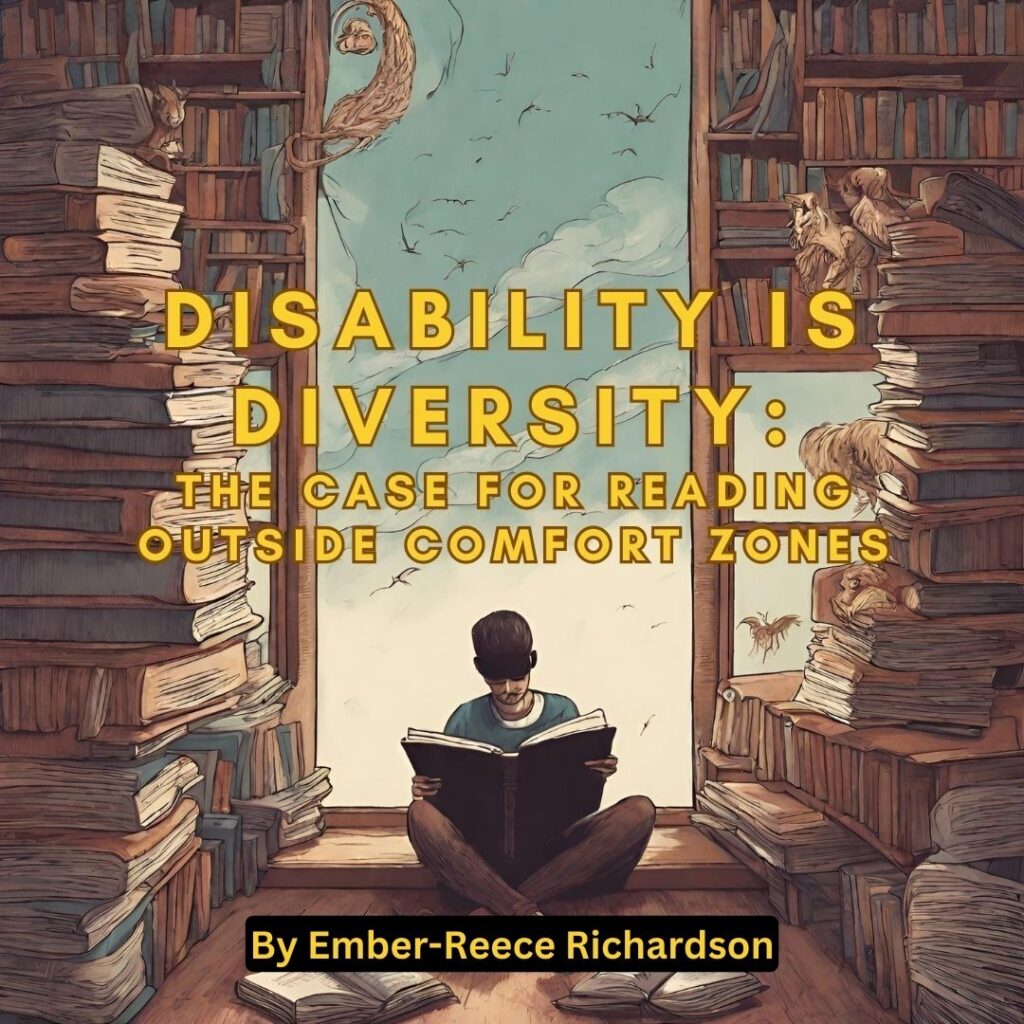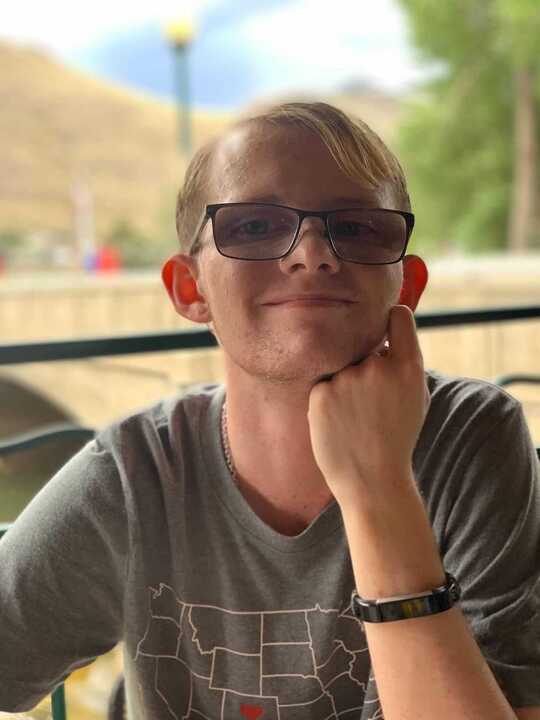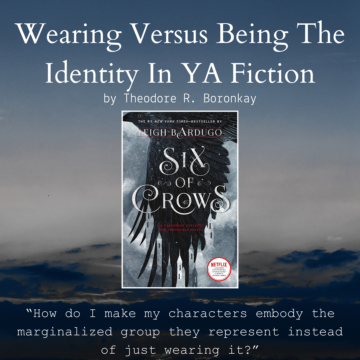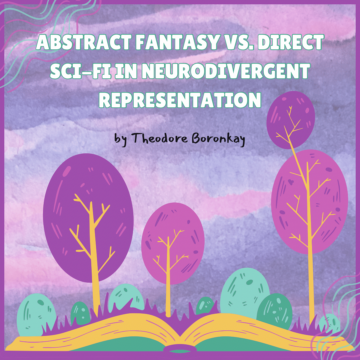By Ember-Reece Richardson

I love reading. It’s a way for me to destress after a long day, spend some time in my imagination, and become inspired by legends and stories that I one day hope to share with future generations. If you’re anything like me, you’ve probably seen the videos and essays on the benefits of reading diversely.
With teachers and librarians remarking on high rates of illiteracy among the next generation and the skyrocketing cost of books—not to mention the multiple limited editions that each host different additional features—reading is oftentimes seen as a luxury that few can afford. It’s for this reason that some have pushed back against reading diversely. I’m not here to guilt you into changing your habits, and I won’t gatekeep your favorite authors even if they do follow the stereotype of white and male. I’m genuinely happy you found yours.
However, if you fall under that category, you’re not my target audience. I’m here to talk to those who are willing or have taken the first steps into reading diversely. You’ve taken stock of your bookshelves and noticed lots of white male authors, or, in the case of romance, white female authors. You’ve gotten bored of the retellings and the same tropes. Instead of settling, you’ve started actively looking for books by BIPOC authors, adding more LGBTQ+ representation, and widening your horizons in general.
I’m going to go one step further. There is one category that I ask you to seek out that others—however well intentioned still often miss—that of disability.
Disability is a spectrum that covers everything from someone using assistive devices for communication and mobility to people fighting invisible battles like depression and PTSD. Dyslexia, autism, blindness, and anxiety are all examples of disabilities. Contrary to societal myths, being disabled does not define a person, just like your age or gender do not make the whole of you and your lived experiences. Disabled people are not a monolith; their stories are just as vibrant and varied as those you read as a kid.
Research shows that nearly 1 in 5 Americans will become disabled for a year or longer by the age of 65. The Americans with Disabilities Act was signed into law in 1990, which allowed major strides to be taken in ensuring access—and even the creation of a disability pride month in July. However, that does not mean equality has suddenly been achieved. Ableism, defined as discrimination of disabled people in favor of able-bodied folk, shows up in a myriad of ways, not just on buildings with no ramps or using a slur. I use cochlear implants to hear and went through years of speech therapy as a kid that all but dissolved my “deaf accent.” My implants tend to be hidden beneath my hair and the processors are tucked away so people are often surprised when I tell them that I am deaf. The phrase, “you don’t look disabled,” comes from a good, honest place, but it pits me against deaf folks that don’t have my privilege.
Acknowledging our internal biases, and then challenging them can be difficult. If you’ve already started taking steps to read diversely, you’ve likely noticed this already. It takes effort to step outside of your comfort zone and grab a new author with a last name you’re not quite sure you can pronounce.
Reading books is a great way of learning more, and easing our way into actively creating a better and more inclusive society. I’m not asking for everyone to suddenly become a disability rights activist, nor am I the right person to ask for all of the possible book recommendations out there. Yet there are books, both fiction and nonfiction, that center people with disabilities. There are some you may already know, such as the Six of Crows duology by Leigh Bardugo, A Theft of Sunlight by Intisar Khanani, and Iron Widow by Xiran Jay Zhao. All of these have characters that have feature disabilities of some kind. Percy Jackson has ADHD and dyslexia, but he doesn’t let that stop him from taking on Greek gods, monsters, and the ultimate terror—trying to graduate high school.
Much like every book featuring LGBTQ+ characters doesn’t and shouldn’t feature a coming out story, disability narratives don’t need to only show characters overcoming their disabilities. Instead, it can simply be one facet of their identity, one part of the story. Don’t be afraid to pick up a story because you’re worried you can’t connect to the characters. Good writers will always be able to give you the experience of a lifetime, and there’s nothing quite like living vicariously through reading.
If you’re like me, you know reading is a powerful experience, one that transcends all of the boxes and labels we use to describe ourselves, and allows us to become more empathic, caring, generous, and wholly wonderful human beings. When you diversify your bookshelves, you’re not only doing yourself a favor by reading authors from underrepresented communities, you’re letting others know, from bookstores to libraries, to the small presses and the biggest publishers alike, that you want to see more of these stories. Preordering sequels and searching for indie authors with unique stories lets the industry know that you are not satisfied with the mediocre offerings that they might try to sell. Searching for well-written, quality stories that feature characters who look wholly unlike you and face challenges that you may never have imagined can be a daunting task, yet it isn’t impossible. When you’re organizing your bookshelves for the first (or hundredth) time, ask yourself how many of those characters had a disability. Then ask yourself—wouldn’t you like to read more?
Now, if you’ll please excuse me, I have a book, or three, to get back to reading.

Author Bio
Ember-Reece Richardson is one of Page Turner’s copyeditors.


